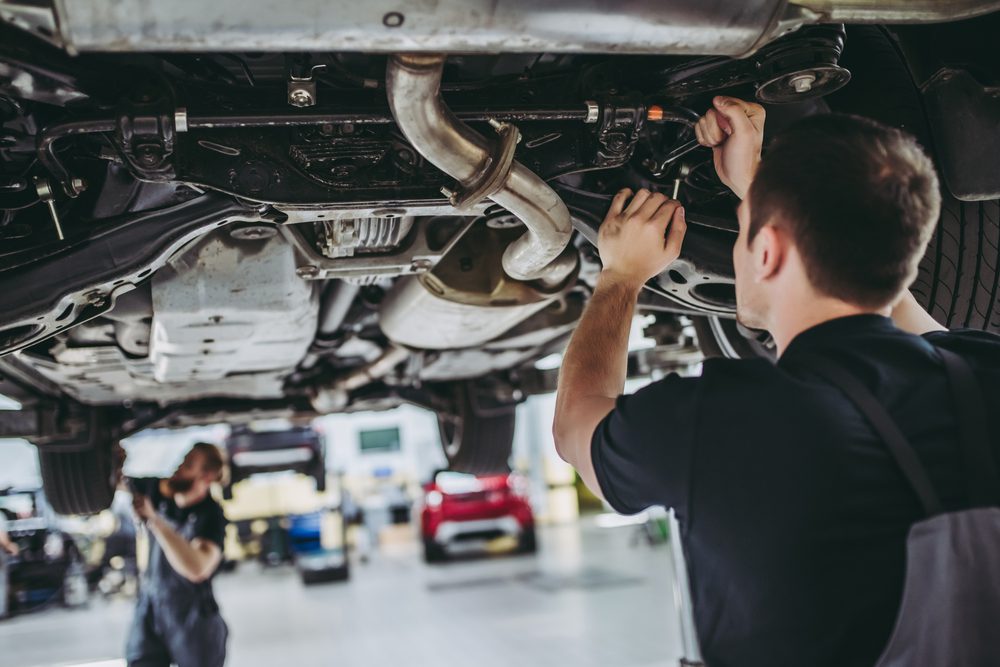Welcome to another episode of Service Drive with Don Reed, CEO of DealerPRO Training. Today, Reed continues discussing three of the most ignored, misunderstood, and improperly tracked processes in automotive service departments right now and how managers can fix them.
In our first episode, Reed discussed presentations and how the F&I department compares. Today’s topic will be another procedure that either needs to be handled, recorded, or both: the multipoint inspection (MPI). Multipoint inspections have been around for as long as menus have. But why should all of your second-hand cars undergo a multipoint inspection? Because you want to provide your customers with a higher-quality vehicle and boost your gross per retail unit.
Why should service be any different from your used car department? 80% of service departments only provide some service vehicles with a thorough multipoint inspection. Managers either fail to hold techs accountable or permit “pencil whipping” to complete all the tasks and move the cars forward. Most likely, advisors need help explaining to their clients the findings of these examinations.
 |
One dealer decided to require an MPI on 100% of vehicles and repair orders. Doing this has boosted the dealer’s year-to-date customer-paid gross profit by 59% in a span of only seven months.
What is each service department’s primary purpose? To deliver a trustworthy automobile to everyone. You must ensure that the customer is driving a safe and dependable vehicle and that they know it is safe and reliable when that vehicle leaves the service department. Dealers must also record the customer’s reasons for declining assistance and any other warning signs if they do not leave in a reliable, safe vehicle.
Evaluate what your MPI process currently is. The service representative should inform customers that they are running a complimentary MPI and will share the report. The representative can then diagnose the critical components of the car once the MPI is finished and submit the findings to the parts department. The parts department then prepares the parts for the service advisor’s estimate. Track your daily performance to gather information on the financial results of various implementations. Your technicians need to be sold on the advantages of MPIs during training.
Did you enjoy this video? Please share your thoughts, comments, or questions regarding this topic by connecting with us at newsroom@cbtnews.com.
Be sure to follow us on Facebook, LinkedIn, and TikTok to stay up to date.
While you’re here, don’t forget to subscribe to our email newsletter for all the latest auto industry news from CBT News.



